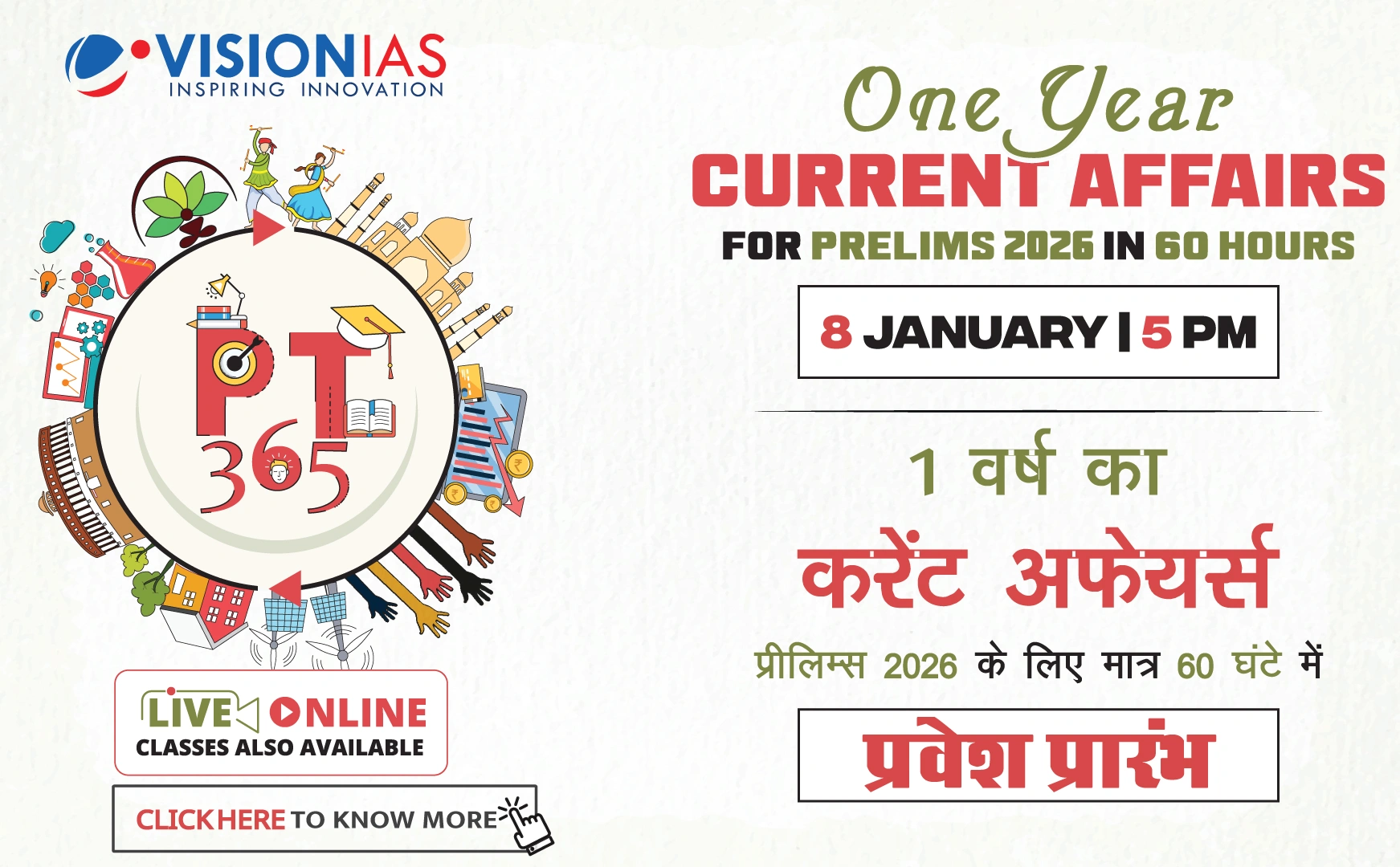State of India's Security-Governance Architecture
Recent findings from the Bureau of Police Research and Development (BPR&D) highlight significant challenges in India's security-governance framework, particularly affecting the general populace.
Police Force Vacancies
- The vacancy rate in state police forces exceeds 21.35% as of January 1, 2023.
- 10 states report a vacancy rate above 25%.
- West Bengal: Highest vacancy rate at 39.42%.
- Mizoram: Vacancy rate of 35.06%.
- Haryana: Third highest with 32% vacancy.
- Uttar Pradesh: High vacancy rate of 29%.
- Bihar: Notable vacancy rate at 26%.
Global Police Strength Comparison
- The United Nations recommends 222 police per 100,000 people.
- India has 154.84 police per 100,000 against a sanctioned strength of 196.88.
- In contrast, the United States has 351, and the European Union averages 344 per 100,000.
Implications on Justice System and Business Environment
- The vacancy issue, coupled with a backlog in courts, undermines the criminal justice system.
- Under-policing poses risks to public safety and impacts small businesses.
- SMEs account for over 60% of employment and 46% of exports in India.
Link between Law and Order and Economic Progress
Investing in a robust and efficient police force can drive economic growth by:
- Encouraging more female participation in the workforce by reducing security-related costs for enterprises.
- Enhancing the business environment, thus attracting more investments without relying heavily on investor summits.
Overall, there's a critical correlation between effective law enforcement and socioeconomic advancement, urging state administrations not to overlook these governance essentials.



